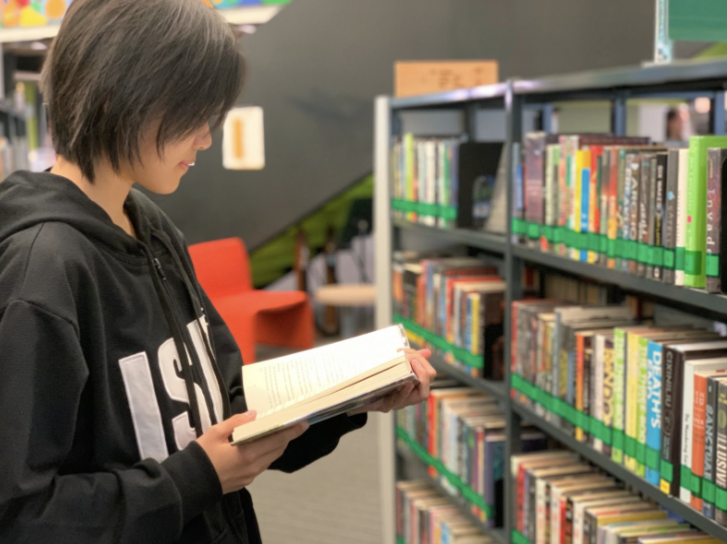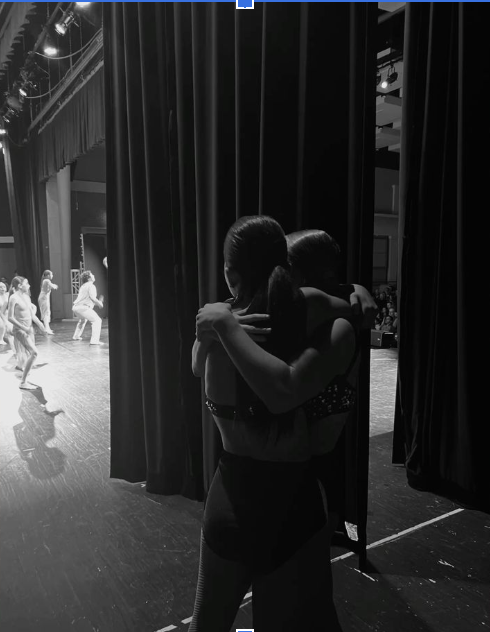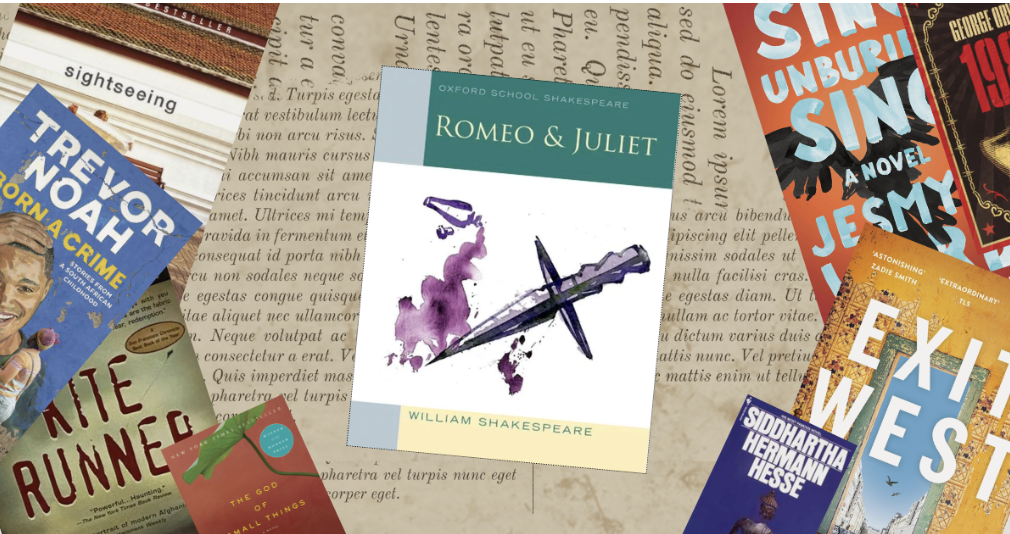Research clearly shows that literacy levels around the world have decreased significantly over the past 20 years. In fact, when the Paris-based Organisation for Economic Cooperation and Development (OECD) tested 700,000 15-year-olds globally two years ago, reading performance had dropped by a full 10 points on average in the 38 OECD countries compared to when the tests were last conducted in 2018.
“Students are more distracted with phones, games, and online” noise, says ISB high school English teacher Conor Duffy, who has been teaching at ISB for more than 20 years. “They are probably reading less now.” He add that the reels/shorts on platforms such as Instagram, TikTok and YouTube, which are only around 10 to 30 seconds long, have served to decrease student attention spans.
Students are now so addicted to these social media platforms that they find it tedious and cumbersome to pick up a book and read it, even for just half an hour.
Most freshmen students PantherNation interviewed for this article say that they don’t read as much as they used to before entering high school, while others have stopped reading entirely.
But is social media the only reason for the decline in literacy? Students say that it’s not, that reading is also a casualty of more demands on student time once they enter high school.
“Most of the time, there’s a lot of stuff going on,” says freshman Nunia Damrongrat. “That makes reading time limited, and so even if I have time to read, I can only read a few pages, which doesn’t make reading fun anymore.”
After entering high school, there is a lot more pressure for students to participate in extracurricular activities, whether it be sports, arts, clubs or service events. With all the extracurricular activities and the additional workload of coming into high school, students are finding it difficult to find time to read or write for pleasure.
But Mr. Christopher Bell, ISB’s high school librarian, offers a more optimistic perspective on the situation. He believes that while literacy levels may have decreased for some students, ISB students still show a strong commitment to reading and writing. “Despite the many distractions, we’ve seen a consistent effort from students to stay engaged with reading,” he says. “They might not read as much as they did in previous years, but there is still a sense of value placed on literacy within this school’s community as compared to the other schools I’ve worked at,” Bell says.
One of the strategies that ISB has implemented to counteract the decline in literacy is the promotion of diverse reading options. The school library, for example, offers a wide range of books that cater to various interests and reading levels, encouraging students to pick up books that genuinely spark their curiosity. Bell also highlights the importance of reading for enjoyment, rather than just academic purposes. “I always have students coming to me every day to ask for book recommendations,” he says.
But as the pressure of high school continues to mount, balancing academics with extracurricular activities remains a significant struggle. For many students, the time they once dedicated to reading is now spent on sports, clubs, and other commitments — or is replaced with time on social media.
“I used to love reading for hours at a time,” says freshman Elena Nyquist, “but now with so much going on, I just can’t seem to find the time to sit down with a book anymore.”







Christopher Bell • May 26, 2025 at 3:00 pm
Nice job on this article. Appreciate showing both sides of the story that while social media is still a challenge to reading that ISB kids are beyond the norm.
Conor Duffy • May 26, 2025 at 2:31 pm
A very good article! Like that it had 4 or 5 different sources.
Well done Anu!!